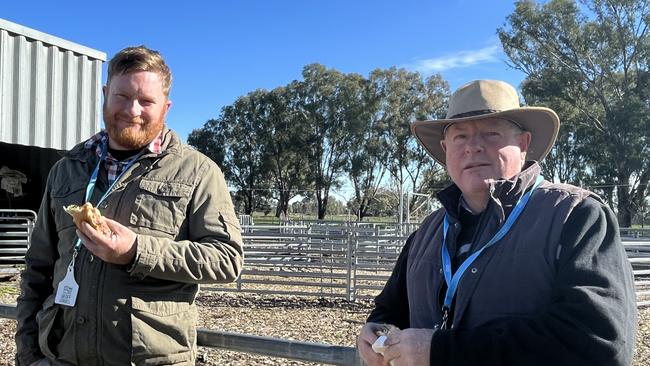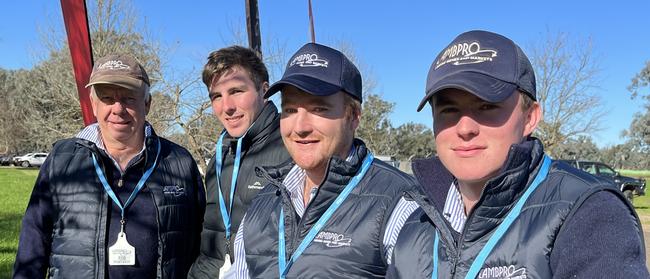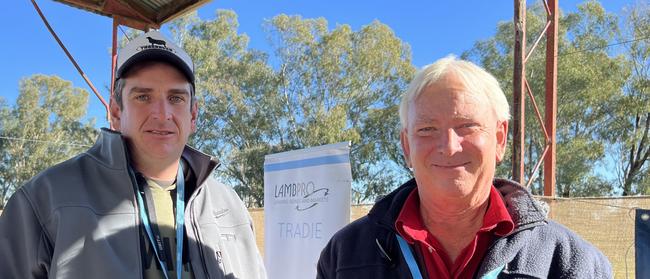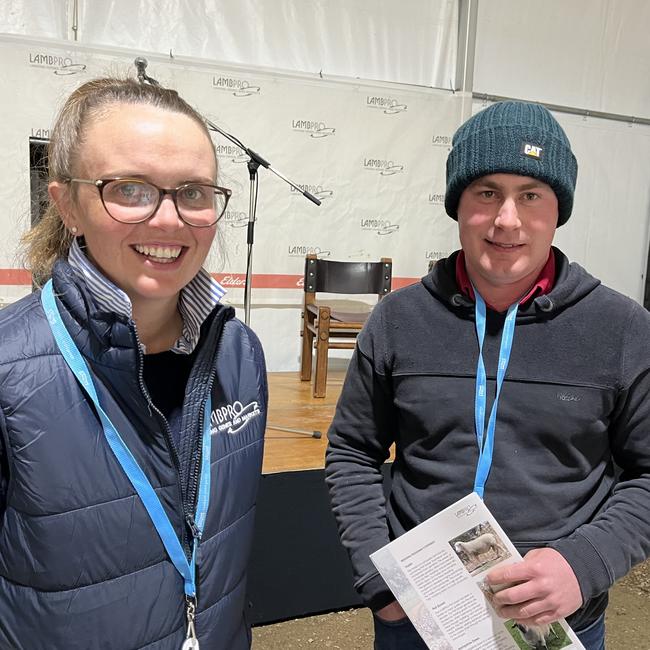Lambpro field day at Holbrook draws a crowd
The fundamentals driving the future of Australia’s lamb industry have been put under the microscope at the Lambpro field day in southern NSW. See all the pictures.
When lamb prices drop from $9/kg to $5.50/kg within a few months, people want to know what drives it.
This was the impetus behind a field day at Holbrook, NSW, which drew 375 people from as far as Tasmania and Kangaroo Island, South Australia.
Hosts Tom and Phoebe Bull of Lambpro invited guest speakers, including financial analyst, author and entrepreneur Mark Bouris of Sydney, and Professor David Hughes of the Imperial College of London.
The biggest take home was from Mark Bouris was the key to mentally to handling business downturn is understanding what are the driving forces. Two int rate rises likely to come, a recession, but it’s not all bad news. Unemployment needs to be at 4.5% pic.twitter.com/q4ZVAjy8tr
— Tom Bull (@LambproHolbrook) June 21, 2023
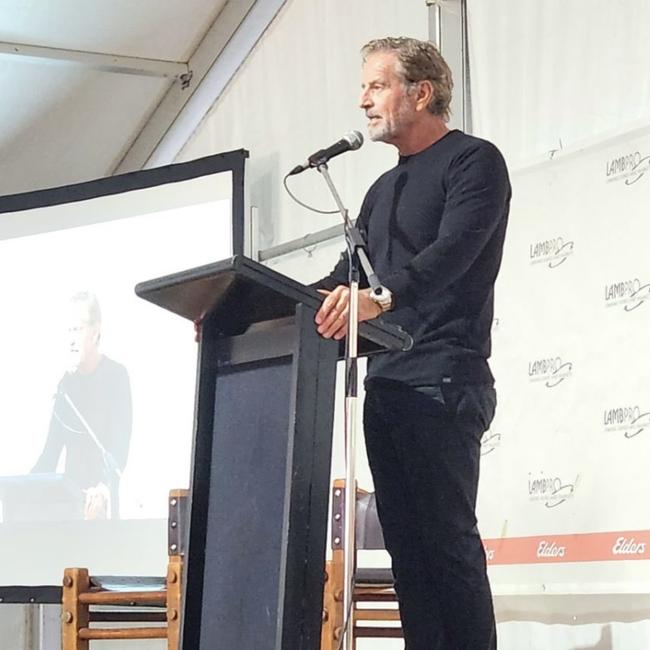
Mr Bull said Lambpro had been hosting field days for 15 years, and it was essential to present optics that people needed to know about.
“The lamb price has been hit, and people want to know what is driving it,” he said.
Despite the supply and demand pressures being played out in the saleyards and over the hooks for lambs, he said there was still optimism about the industry.
He spoke about the merits of marbling and eating quality. And urged producers to be at the top of their game in production, marketing and research and development.
Mr Bull said lamb needed a solid reputation for eating experience. People needed to keep coming back.
And at the grassroots level, producers continued to find margins in challenging markets through genetics and husbandry.
Mr Bull said there was hope in the message from Mr Bouris about the economy.
“Yes, we are going to do it tough for a while, but it’s important to know why,” Mr Bull said.
In his presentation, Mr Bouris said that Australia could go into recession. However, he was still quite positive, saying it wasn’t set to last for the long term.
He said unemployment needed to be closer to 4.5 per cent rather than the current level of 3.5 per cent.
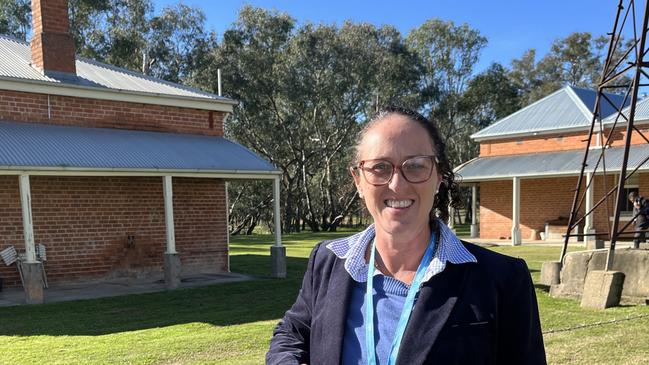
Meat and Livestock Australia group manager, adoption and commercialisation Sarah Strachan said it was predicted the national flock would increase to the highest levels since 2007.
“This is happening in all states, and we will see that turn into increased slaughter numbers,” she said.
In addition, producers had been lifting carcass weights.
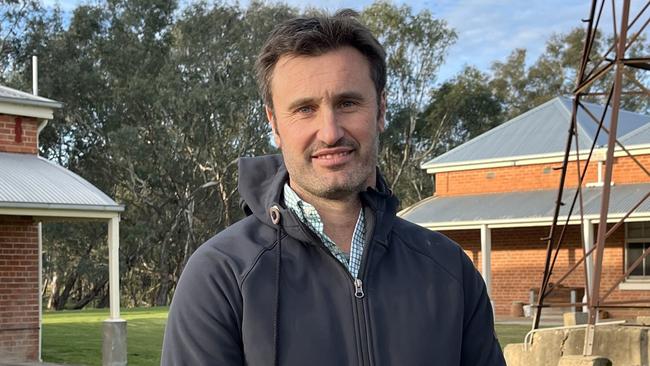
Meanwhile, prime lamb producer David Farley of Kybybolite, South Australia, spoke about his experience using Lambpro genetics since 2009.
He and his wife Michelle farm 3000 hectares and run prime lambs on 2300ha, incorporating an operation of 18,000 ewes. There’s 700ha of cropping, and the operation supports four staff.
“Cropping is a secondary thing for us, the ewe flock is the main thing, and we are using the Hampshire Down rams over Primeline maternal ewes,” he said.
“My philosophy is about growth; it is about doing our best,” he said.
Sophie Angus of Lambpro has been involved in measuring marbling and setting targets for the future.
“We have been grading for marbling for eight months,” she said.
Marbling correlates with eating quality, and the aim was to have more than 40 per cent of lambs from Lambpro clients reaching 7 per cent intramuscular fat scores by 2007.
Ms Angus uses a Japanese infra-red device manufactured by Soma Optics to measure marbling.

